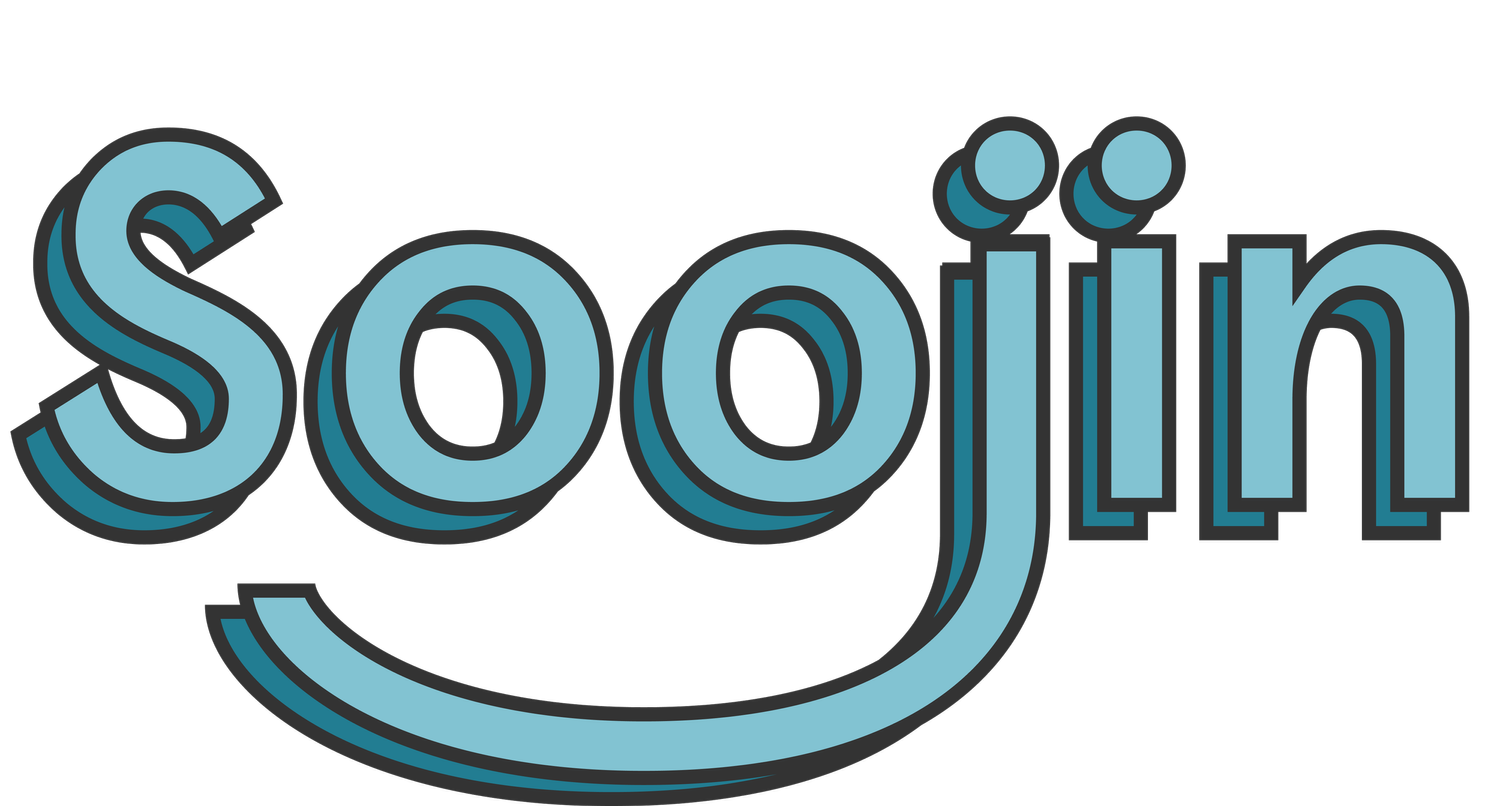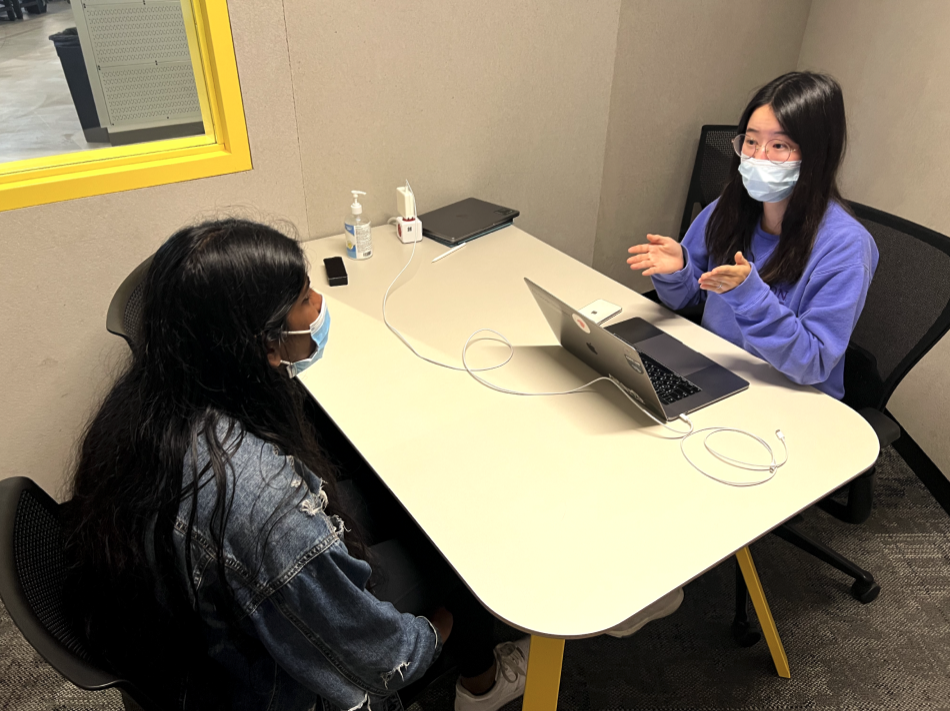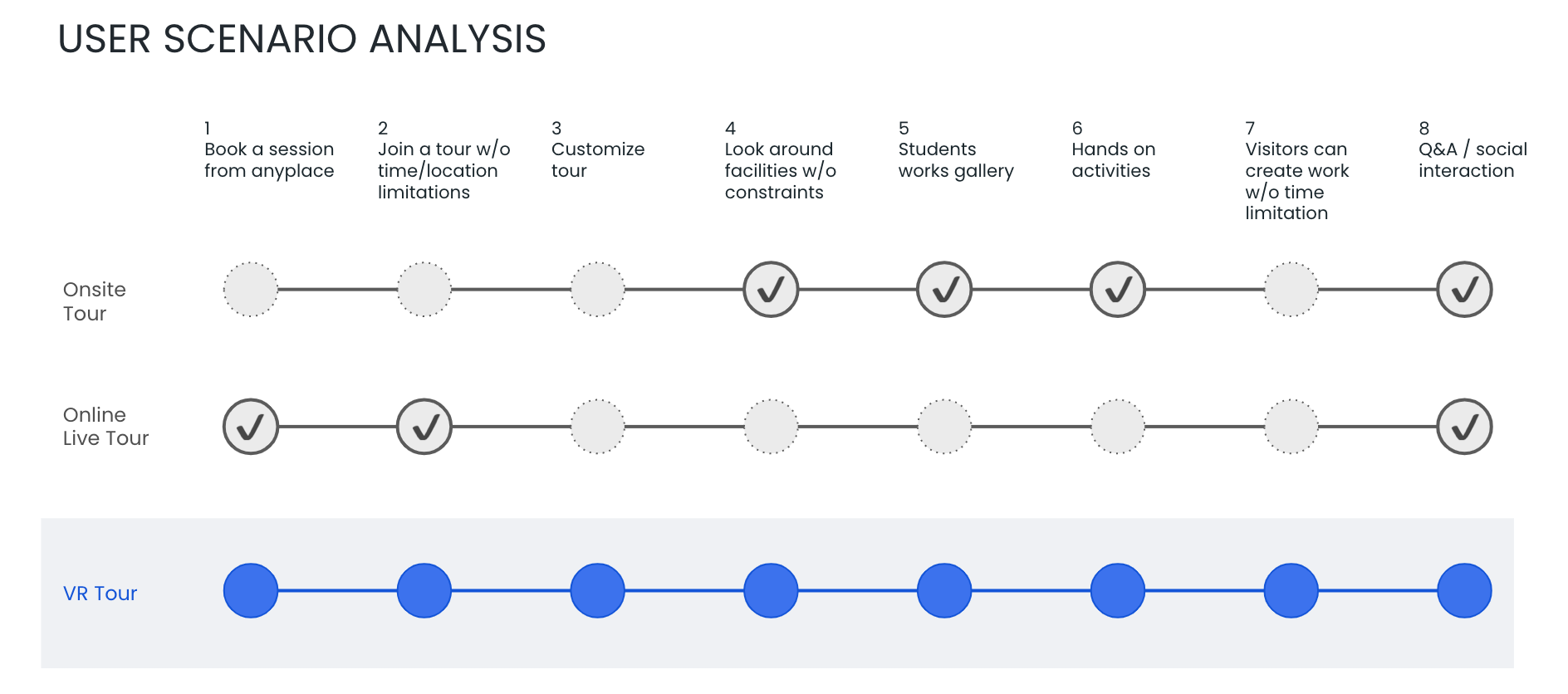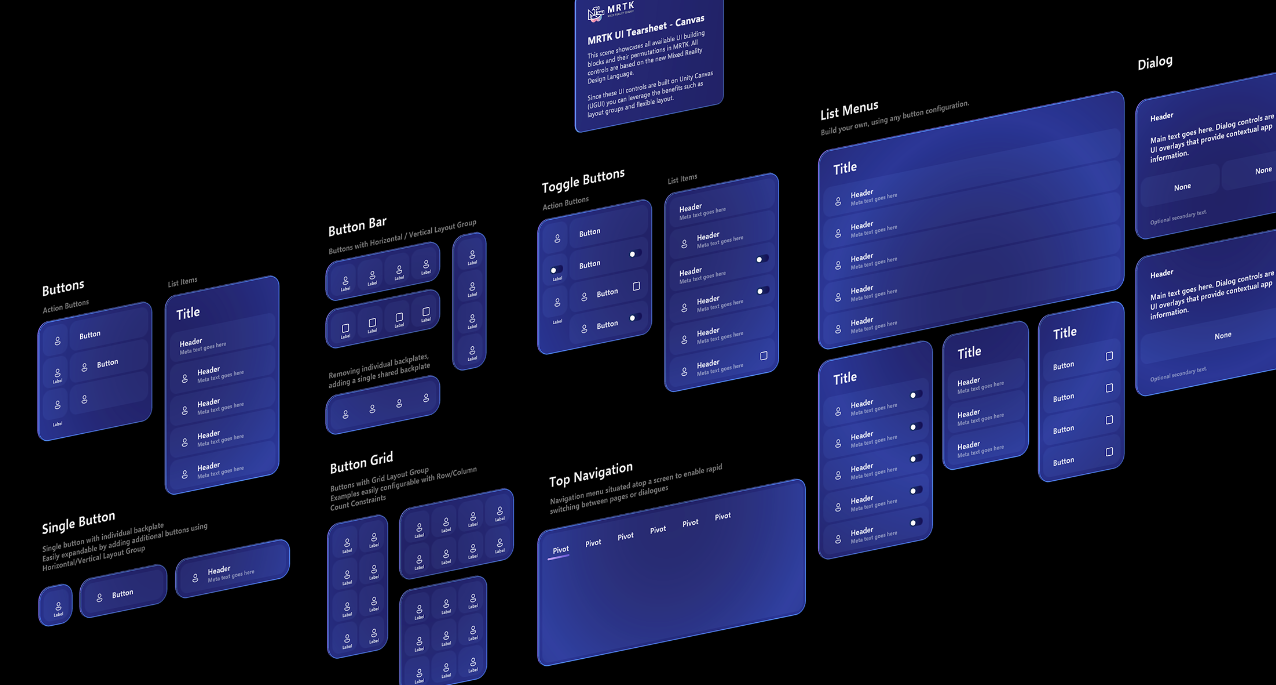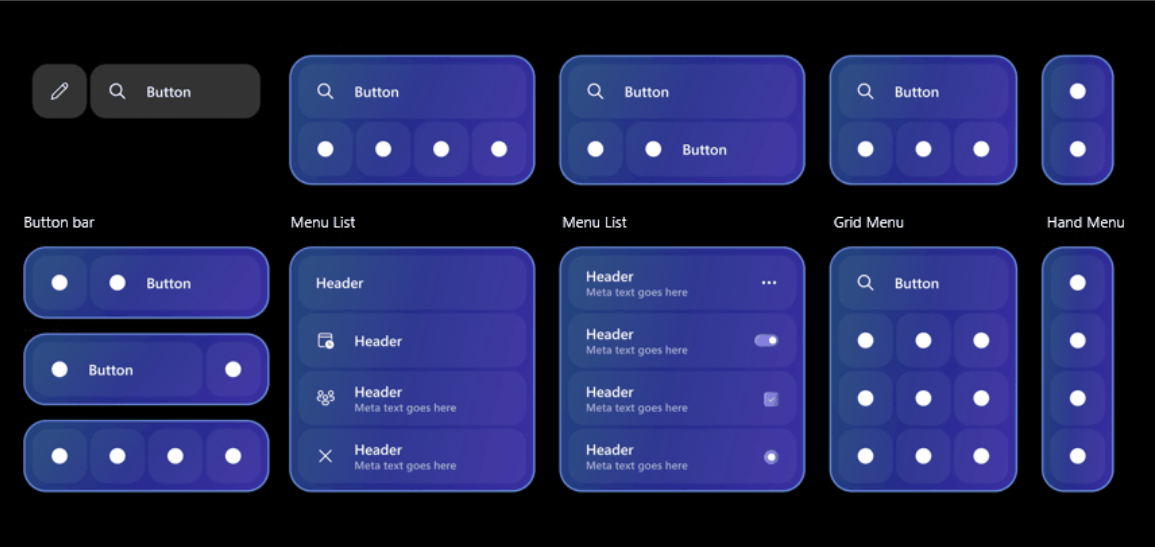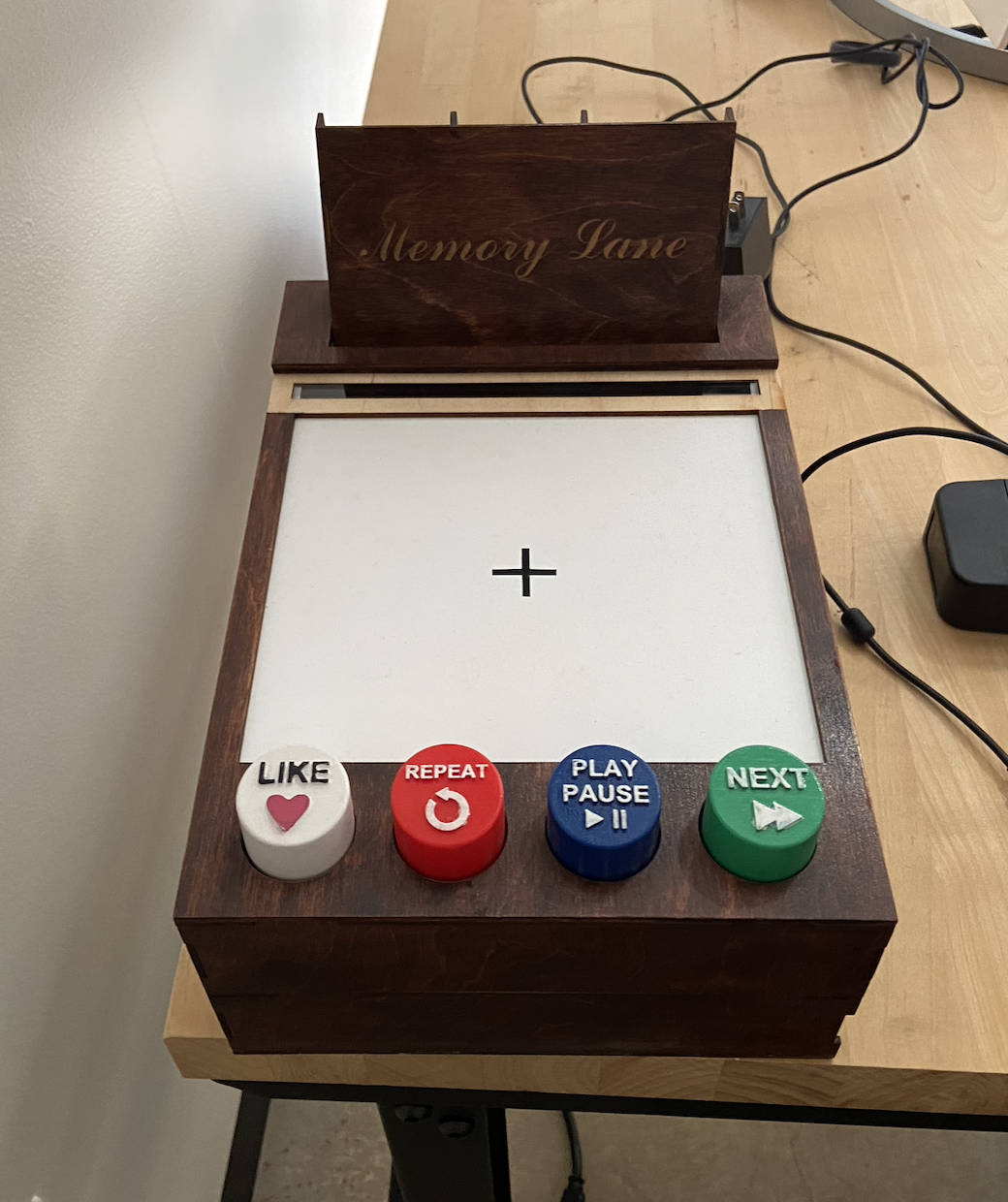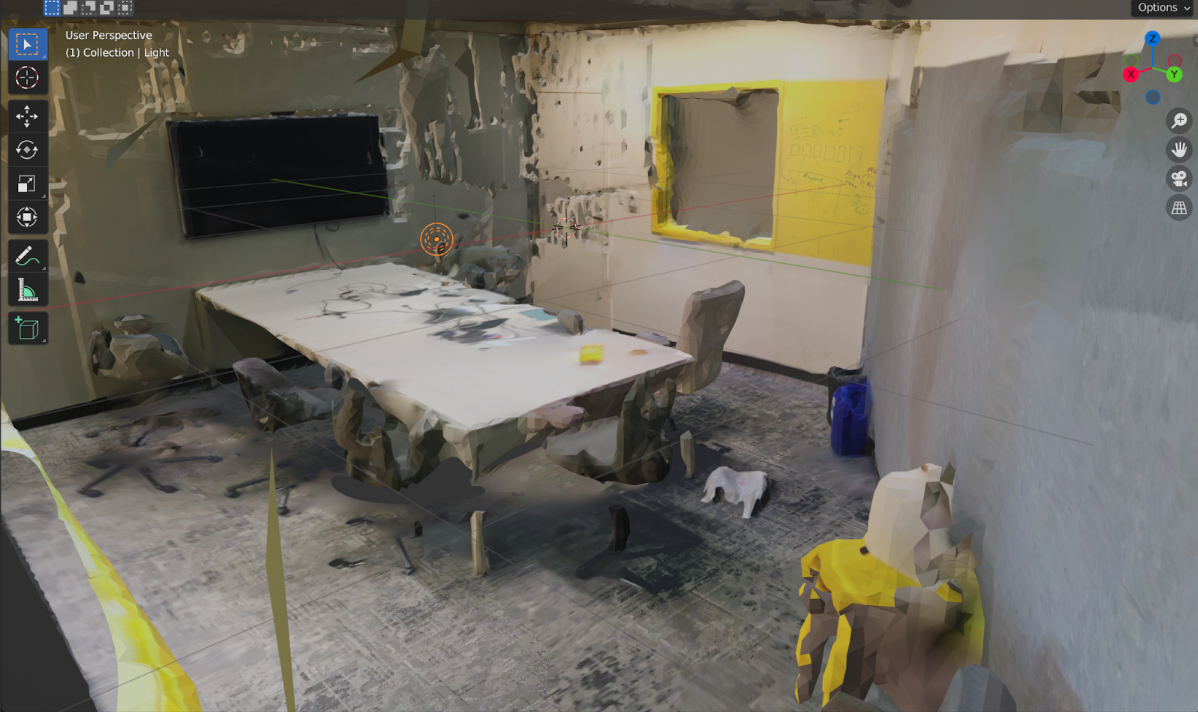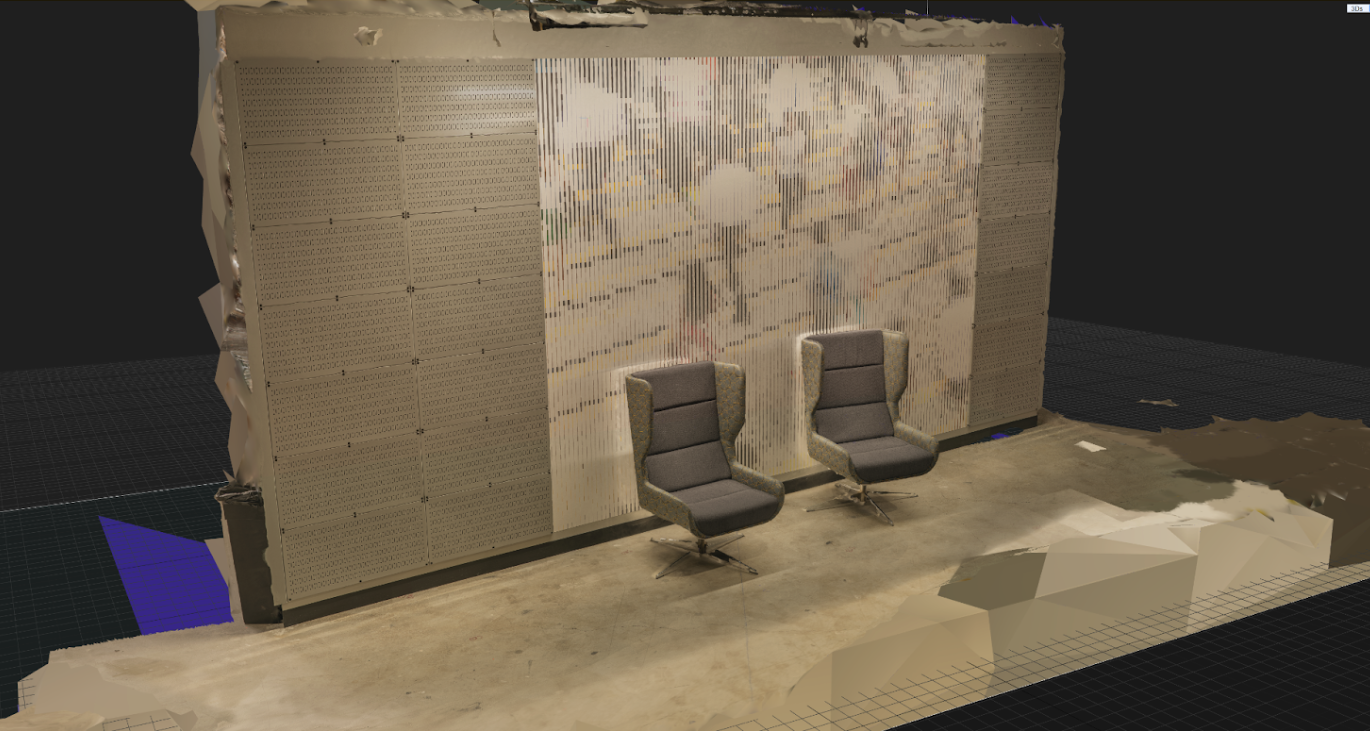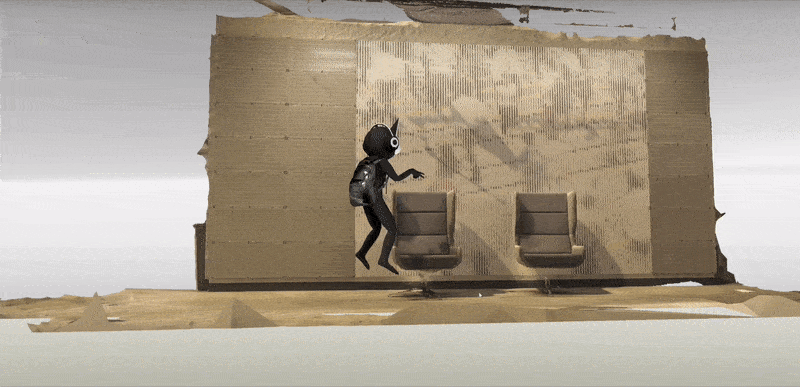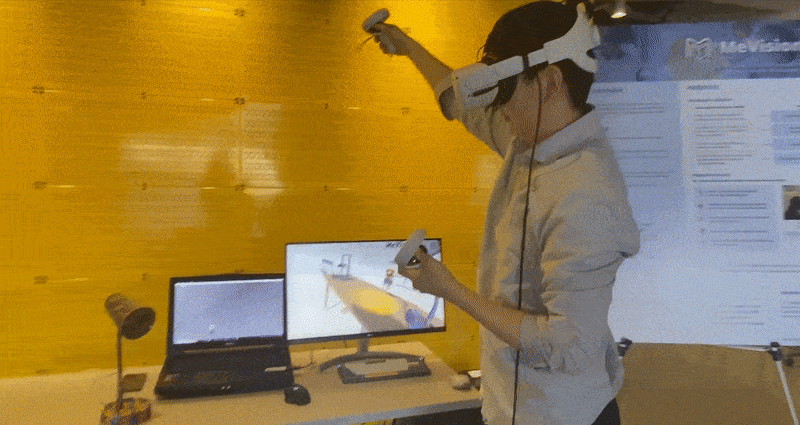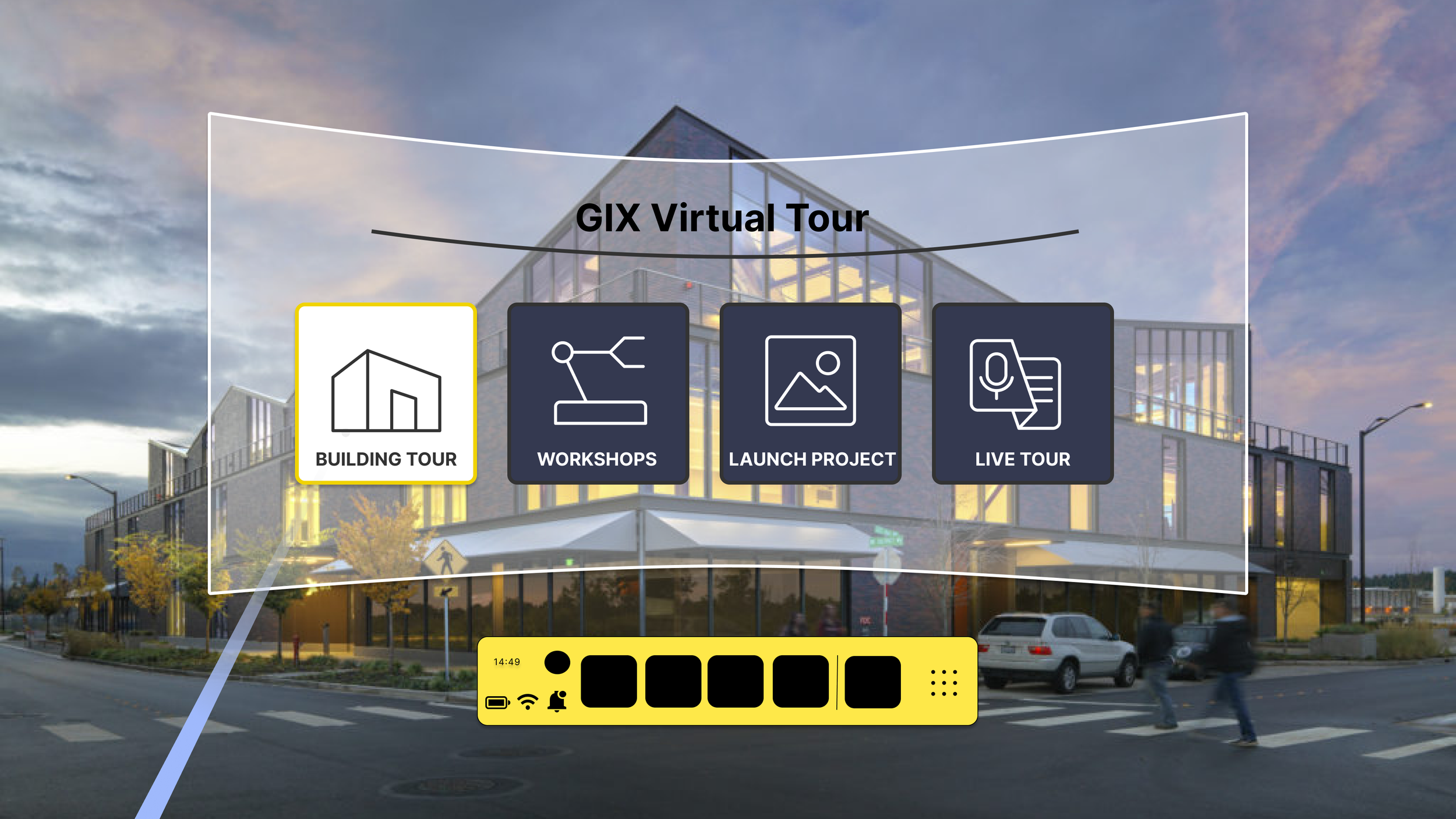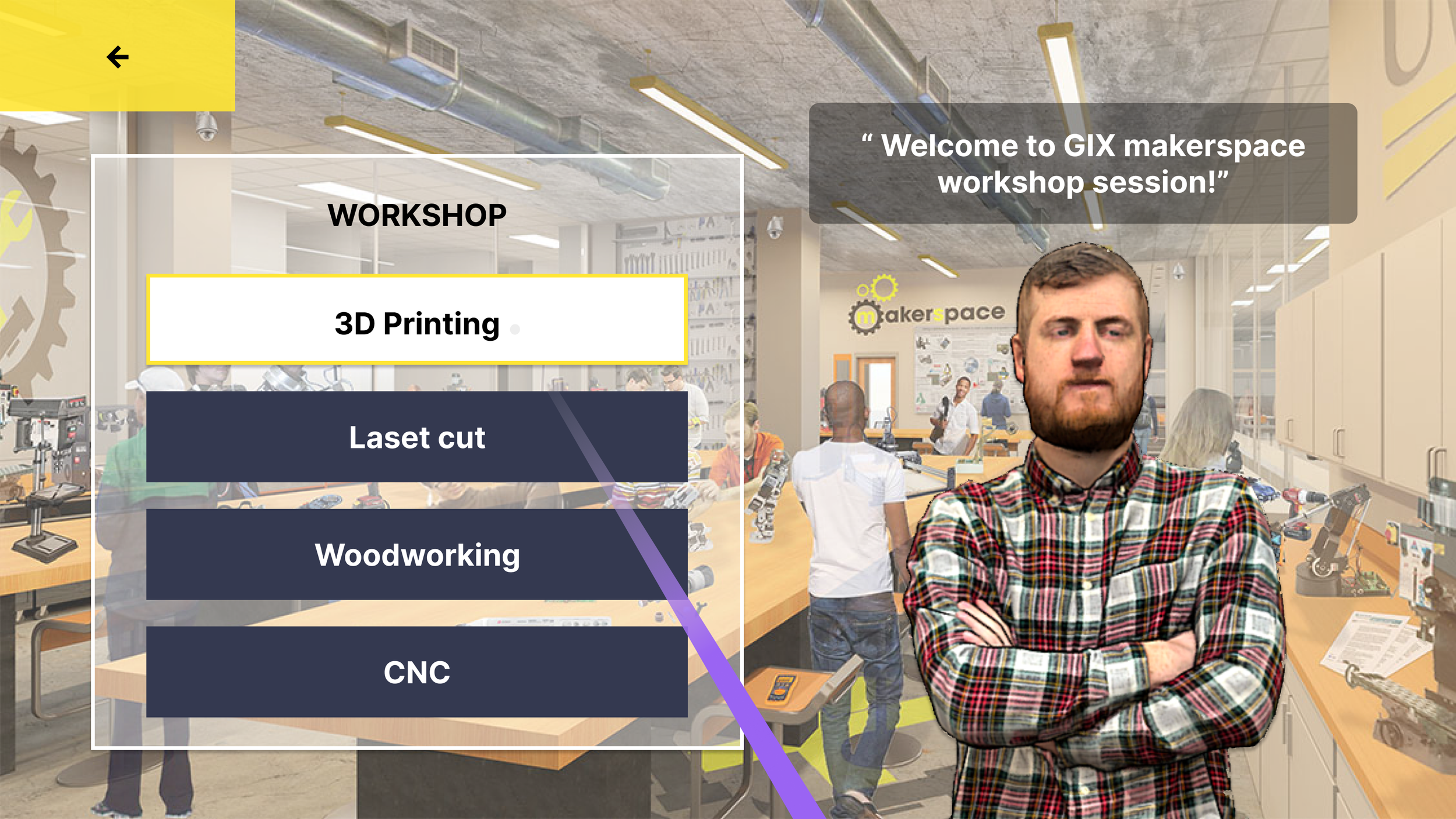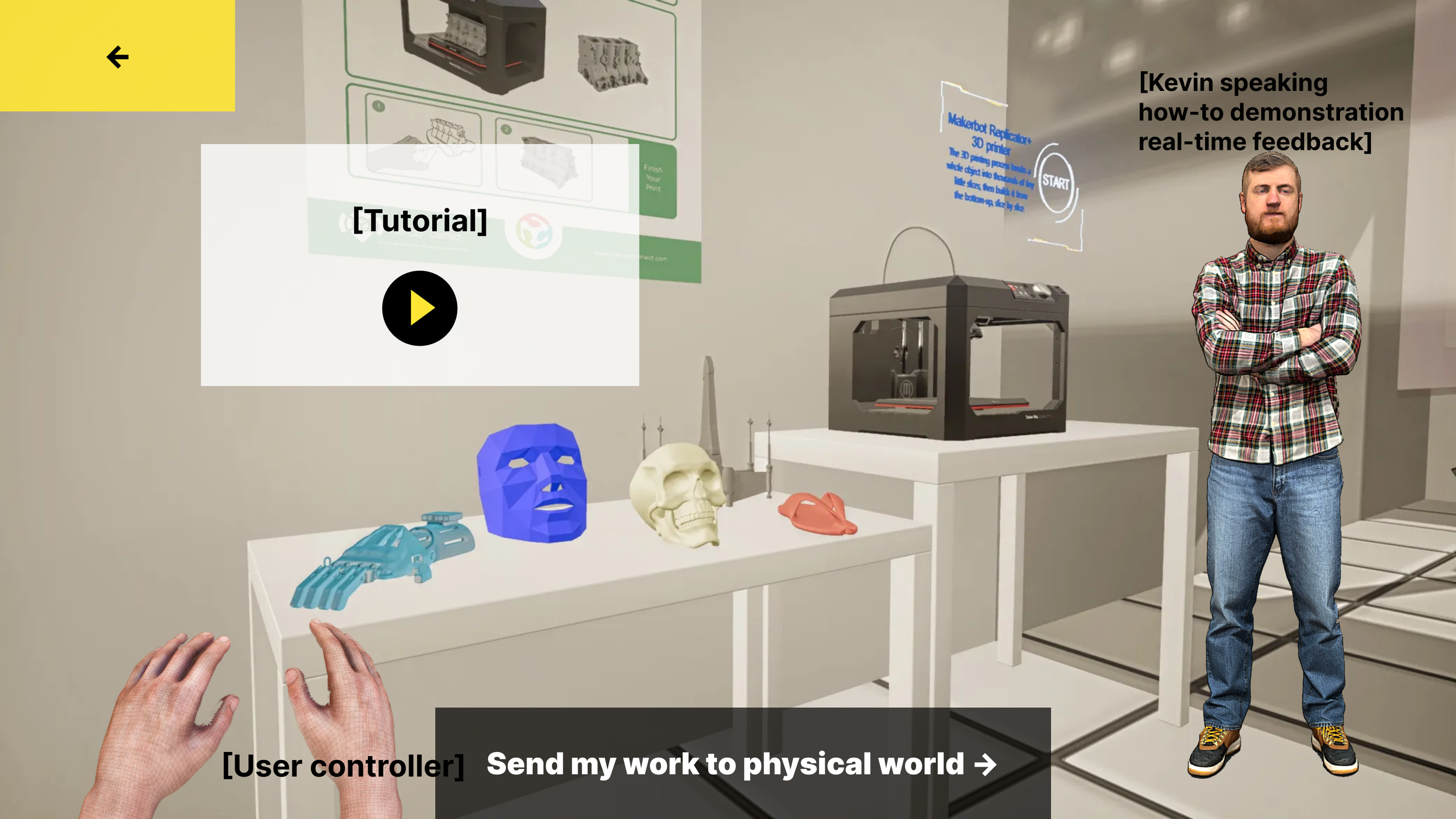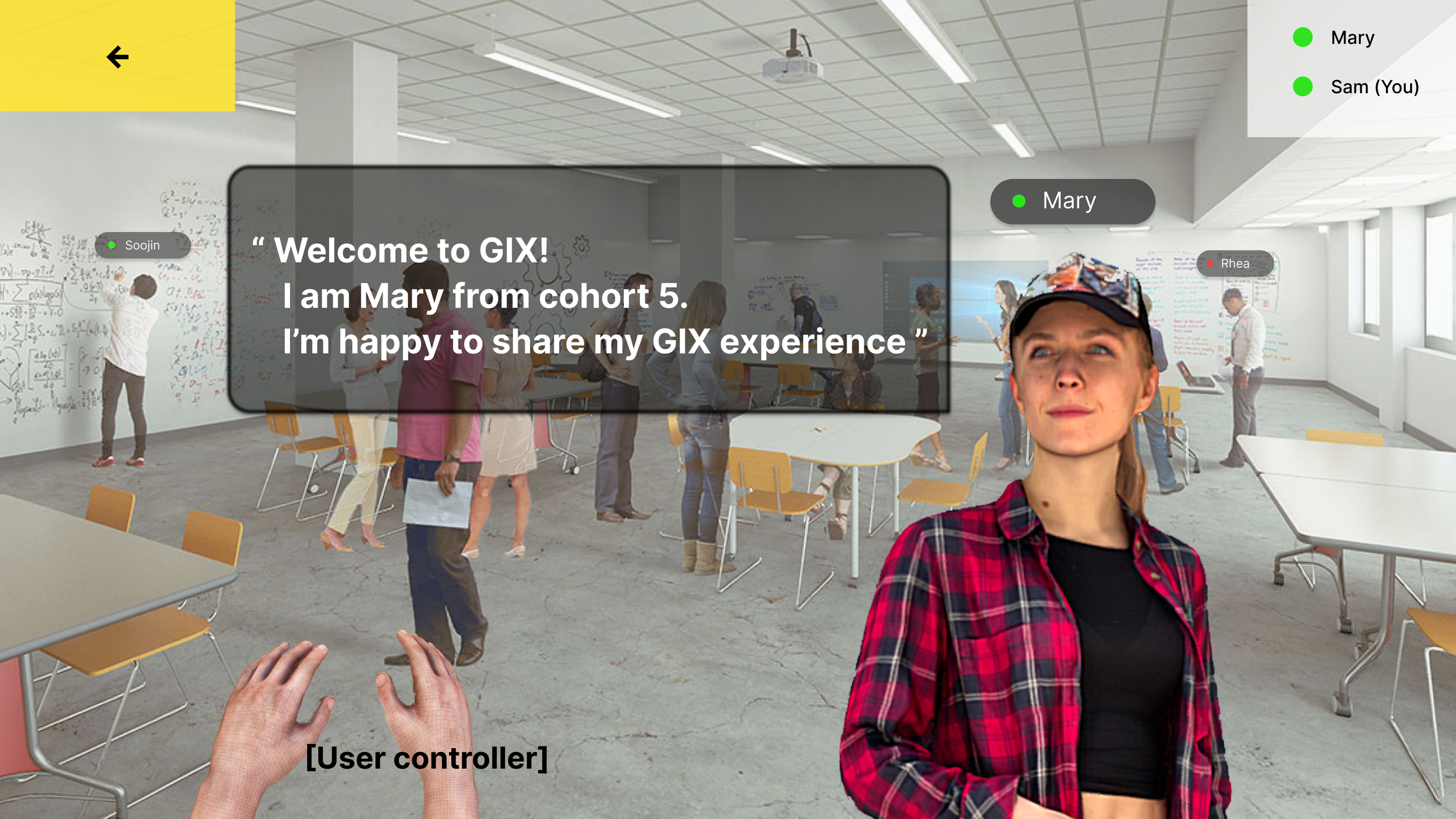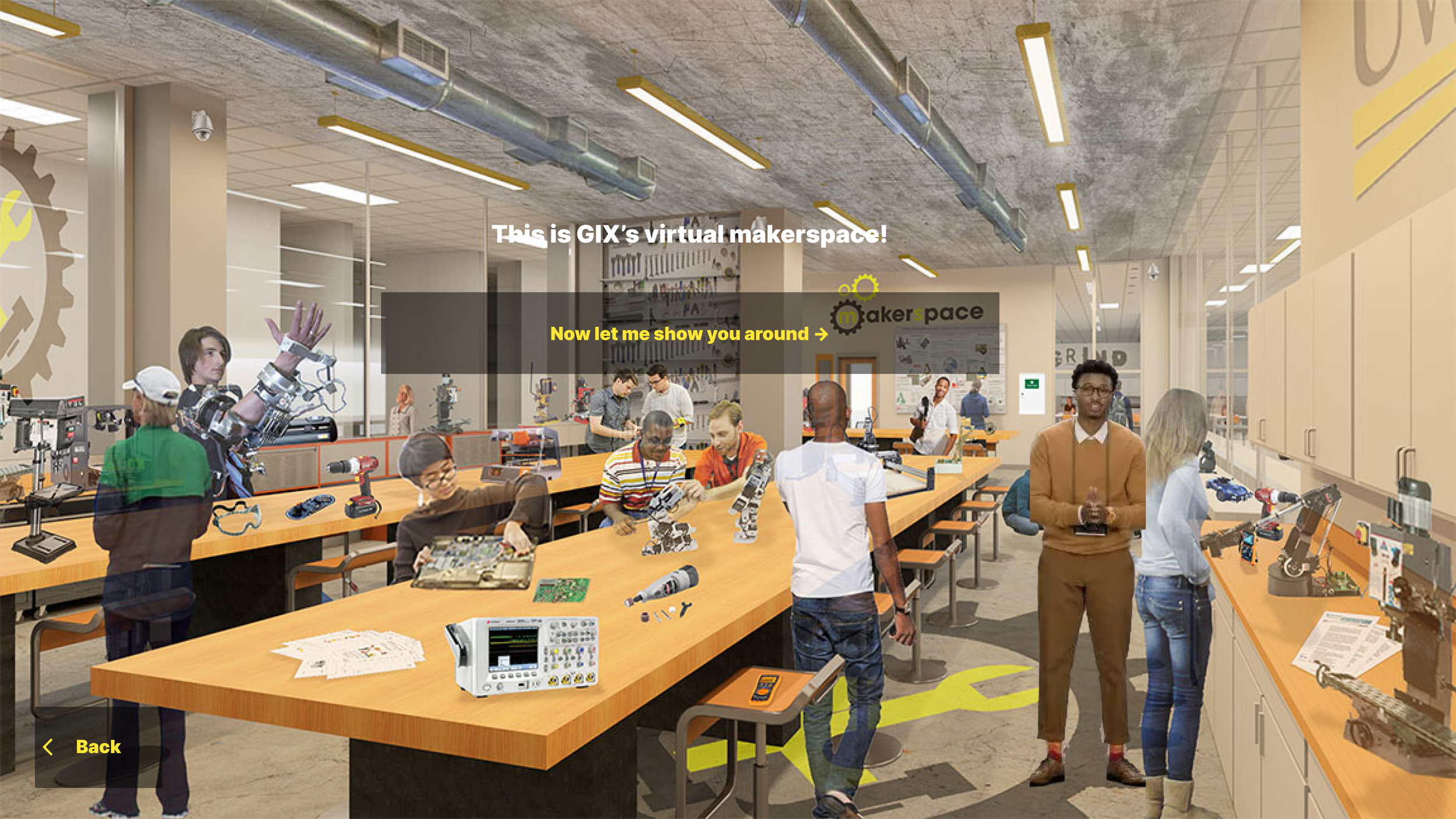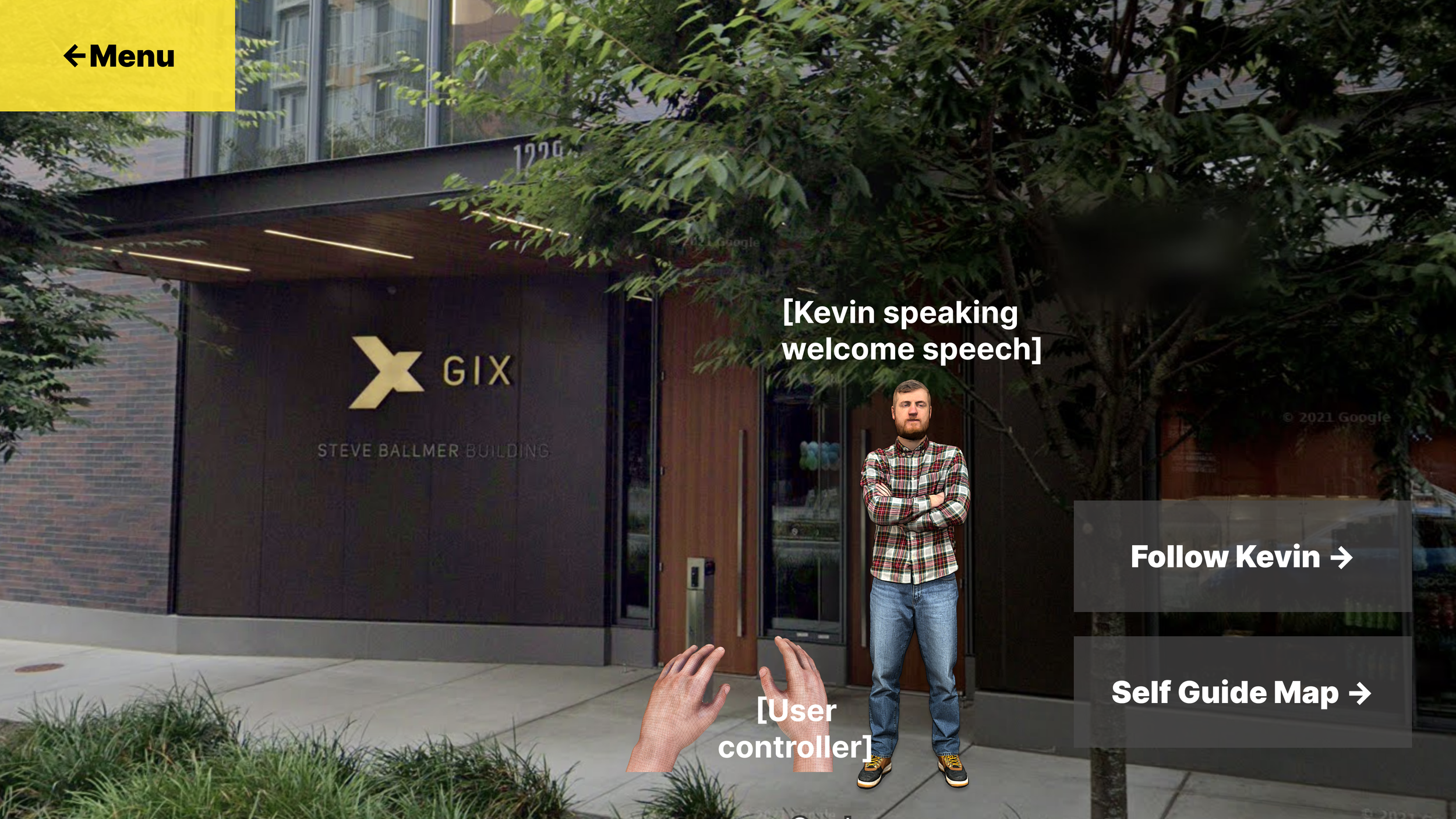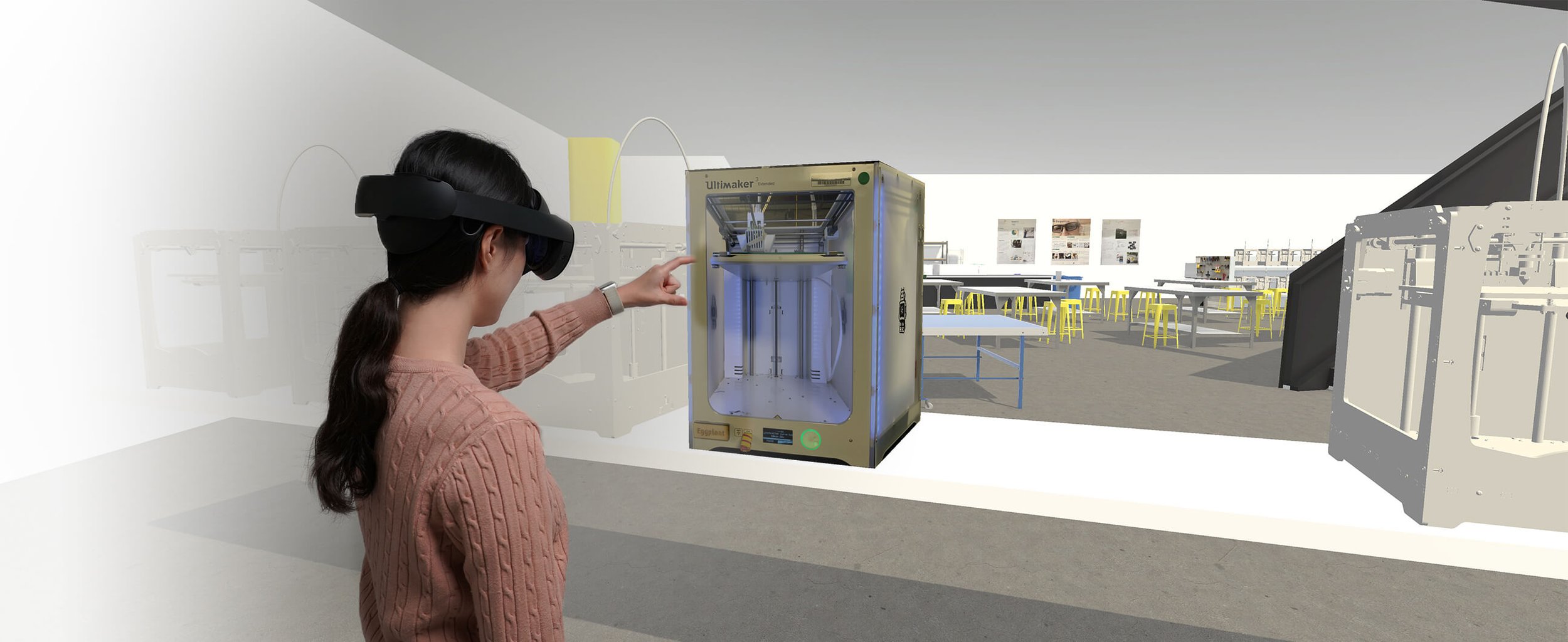
Overview
There are low opportunities to receive mentoring or to access high school students’ dream careers/college. Therefore, they have a lack of understanding of their interest areas. Accordingly, we are creating an immersive virtual lab that syncs with the real-world and VR environment to explore and learn more about their interest areas and motivated them.
Holder
My Role
Design Lead
My work
Product strategy
User research
Information architecture
User flow
Interaction design
Visual design
Usability testing
VR Design
3D Design
Duration
June 2022 - Current
Work Directly with
1 Technical Manager
1 Product Manager
2 Designers
1 Software Developer
Platform
VR Headset (Meta Quest)
ios Mobile app
Web / Dashboard
Unity 3D software
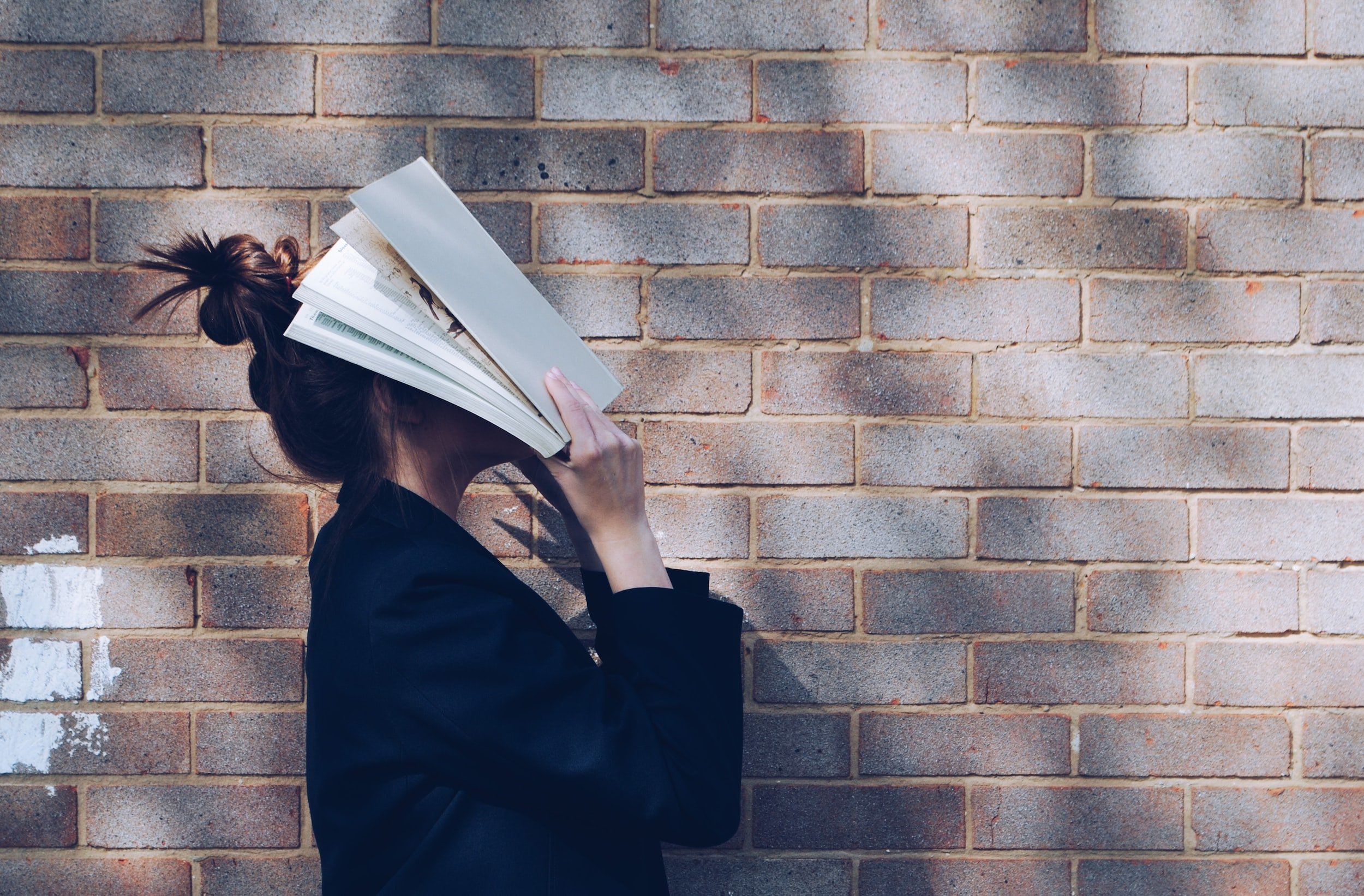
Problem
“How might we help high school students keep motivated and efficient when learning STEM subjects, and provide them with equal opportunities?”
Final Solution
An accessible VR platform that provides engaging hands-on activities for high school students to understand complex STEM concepts & techniques
Students will be able to INTERACT with the real-world maker space via the virtual machine, COLLABORATE with mentors, and immerse themselves in an environment that will allow them to EXPERIENCE what it is like to work in STEM.
Experience the STEM workspace
Real-time sync of the VR and real world
Hands-on Activity
Solution 1
Using Digital Twin for the real-time sync of the virtual world and real world
Students can see the results and receive their work in the real world
Educational institutes can save budget since they don’t need to build their own maker space
Time, budget, and location limitations to doing a real tour could be solved
Students have more chances to interact with mentors through social interaction in VR
Solution 2
Solution 3
Students can see the results and receive their work in the real world
Educational institutes can save budget since they don’t need to build their own maker space
Design Process
Research Detail
1) Secondary Research
2) User Interview
We conducted in-depth user interviews with 23 participants. Participants include 12 high school students, 5 education professors, 3 VR technical experts, and 3 STEM high school teachers.
3) Expert Interview
User interview with a high school student
The education sector stands to gain significantly by adopting Virtual Reality (VR) as a platform for immersive and visual learning.
In our interviews with three experts in VR, we explored its potential advantages, constraints, and necessary design features when applied in an educational setting. We found that both students and educators hold a favorable view of utilizing VR for STEM education, underscoring its positive reception and potential for enhancing the learning experience.
Expert interview with Stanford University professor
Affinity Diagram
We interviewed 12 high school students and based on interview insight we created the persona.
Target User
We interviewed 12 high school students and based on interview insight we created the persona.
Key Findings : VR’s Contributions to STEM Include..
Enhanced Experimental Learning
Hands-on experience is crucial for understanding STEM concepts but can often be costly and hazardous. VR addresses this by offering immersive educational experiences that are both safe and engaging.
Promoting Educational Equity
Disparities in education arise due to differences in location, schools, and environments. VR technology acts as a leveling field, allowing students from various backgrounds to access vivid and quality learning opportunities from anywhere.
Addressing VR Challenges
While VR provides a unique learning platform, it often lacks the realism found in physical experiences. Efforts to bridge the gap between the virtual and real are imperative to maximize the efficacy of VR in education.
Ideation
Among two finalist candidates, we selected our solution.
This option presented a 3D visualization app designed to demystify complex STEM concepts via hands-on experiences.
Solution Idea 2:
We opted for an interactive VR application that facilitates hands-on learning through engagement with real-world objects.
Solution Idea 1:
Reason for Selection:
Our competitor analysis revealed a saturation of apps similar to Solution 1 in the market.
Despite acknowledging the technical challenges embedded in Solution 2, we decided to proceed with it due to its innovative approach and potential to offer unique learning experiences.
Design Rational: Why we chose this topic?
Explore 3D printing at our Virtual Makerspace!
UW GIX boasts a sizable Makerspace outfitted with an array of hardware production machines. Though primarily serving our academic needs, the space sporadically opens its doors to host seminars for local high school students. These seminars illuminate subjects scarcely accessible within their standard curricular offerings.
The project’s inception was catalyzed by our desire to leverage Virtual Reality (VR) technology as a conduit for universal learning accessibility. We aimed to craft an environment where knowledge isn’t bound by physical constraints, allowing individuals from diverse backgrounds to engage with material previously reserved for a select few due to geographical and logistical restrictions. Through our VR initiative, we are not only democratizing access but also endeavoring to dissolve the perceptible divide between virtual and in-person education. In doing so, we hope to facilitate seamless access to quality education at all times, from all places.
Design Iteration
Lo-Fi
First, we created paper wireframes and prototypes for quick testing.
Mid-Fi
We designed the mid-fidelity prototype and conducted a prototype test to validate our concept and usability.
Hi-Fi
Based on insights from MVP tests and interviews, we defined highly prioritized features. After that, we iterated the VR space design.
MRTK 3 Design System
I designed the 2D and 3D objects by Mixed Reality Design Language in MRTK3(Mixed Reality Toolkit) design system which made from Microsoft. I created customized UI by Figma and implemented the objects in Unity
Develop a fully working VR application
To create real-world objects in a VR environment and make them interactive, we took over 2000 photos of each object. Furthermore, we spend over 10 hours on 3d model rendering.
Create the real-world space in VR
2ND ITERATION
Create the real-world objects in VR
1ST ITERATION
We create the real-world space in VR environment. However, the created space didn’t look same with the real world. Therefore, we looked for the another way duplicate this space in VR.
Refined the space and object in more detail
3D Design
3RD ITERATION
Make realistic and interactive objects in VR
We successfully created real-world objects and interact with them in VR space. Furthermore, we were able to copy the object’s realistic material.
